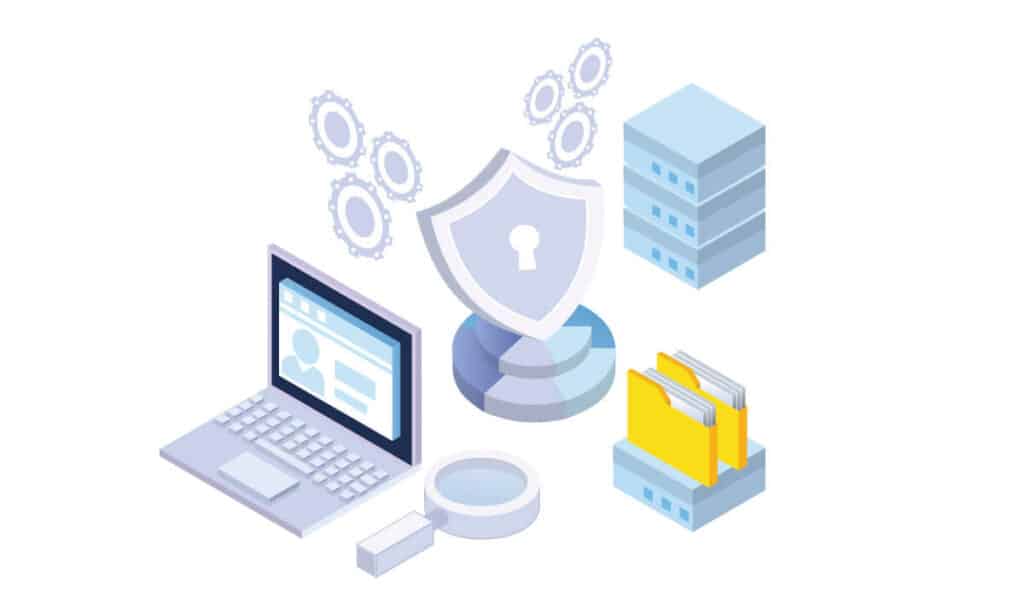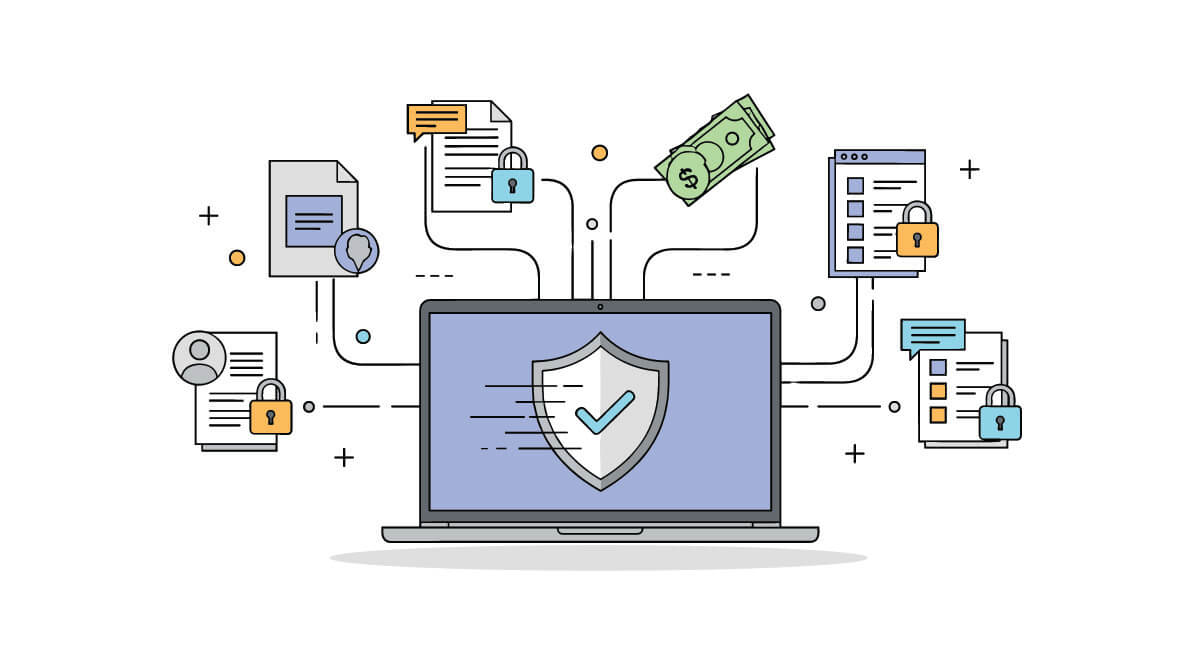Key Highlights
- Reactive cybersecurity focuses on cleaning up after incidents. Proactive cybersecurity anticipates threats and blocks them before they cause damage.
- Signs of a reactive posture include outdated antivirus tools, slow response times, and minimal security planning.
- Organizations typically shift to proactive strategies after breaches, compliance audits, or facing new sophisticated cyber threats.
- Proactive tactics such as threat hunting, penetration testing, and continuous monitoring enhance resilience.
- Building a culture of foresight through training and collaboration strengthens cybersecurity maturity.
The best defense blends proactive and reactive measures for comprehensive coverage.
Introduction
Cyber threats are evolving at an unprecedented rate. Is your organization keeping up? Many businesses start their cybersecurity journey in firefighting mode—patching holes and reacting to breaches as they happen. But in today’s landscape, simply reacting isn’t enough.
Proactive cybersecurity changes the game. Instead of scrambling to contain attacks, you’re anticipating risks and shutting them down before they disrupt operations. That shift strengthens your defenses and helps you outpace even the most determined attackers.
So, when should a company make the leap from reactive to proactive security? And what does it take to get there? Let’s break it down.
The Reactive Security Phase: Where Most Start
Most organizations begin by focusing on damage control. Reactive security often relies on firewalls, antivirus software, and incident response plans created after breaches. While these are important, they leave critical gaps that attackers can exploit.
5 Signs You’re Stuck in Reactive Mode
- Outdated Antivirus: Fails to catch modern, sophisticated malware.
- Alert Fatigue: Too many alerts create noise, making it harder to identify genuine threats.
- Weak Password Practices: Poor authentication increases the risk of credential theft.
- Post-Breach Focus: Security teams act only after damage is done.
- Rare Security Audits: Vulnerabilities persist without regular checks.
If any of these resonate, it’s time to rethink your cybersecurity posture.
Why Staying Reactive is Risky
Relying solely on reactive measures is like locking the door after the break-in. Breaches lead to staggering recovery costs, regulatory fines, and damaged customer trust. Outdated systems and limited employee training only compound the risks.

What Does Proactive Cybersecurity Look Like?
Proactive cybersecurity involves staying ahead of emerging threats. It involves continuous, deliberate efforts to identify and mitigate risks before they can impact your organization.
Hallmarks of a Proactive Strategy:
- Threat Intelligence: Stay ahead of emerging risks with real-time data. IP geolocation can strengthen this intelligence by identifying suspicious access attempts from unexpected regions or blocking traffic from known high-risk IP ranges.
- Vulnerability Management: Patch weaknesses before attackers exploit them.
- Employee Awareness: Equip your team to detect and report suspicious activity.
- Continuous Monitoring: Spot anomalies early and respond quickly. Granular IP data provides valuable context for monitoring efforts, enabling teams to identify and investigate traffic patterns that don’t align with expected geographies or behaviors.
- Incident Response Plans: Define clear steps before a crisis strikes.
What Triggers the Shift to Proactive Security?
Many organizations only adopt proactive cybersecurity after:
- A Costly Breach: Nothing spurs change like cleaning up after an attack.
- Compliance Audits: Regulations demand higher security standards.
- Rapid Growth: A larger digital footprint increases vulnerabilities.
- Emerging Threats: Attackers using AI and machine learning using advanced defenses.
Core Tactics to Get Ahead
- Threat Hunting: Actively search for hidden attackers in your systems.
- Penetration Testing: Simulate attacks to uncover and patch vulnerabilities.
- Network Monitoring: Detect and respond to suspicious activity in real time. Here, IP geolocation is especially powerful—it enables adaptive access policies based on location intelligence, helping prevent credential-stuffing attacks or unauthorized logins from unexpected countries.
- AI-Powered Tools: Leverage machine learning for smarter, faster detection.
- Endpoint Protection: Secure every device connecting to your network.
Together, these tactics—especially when enriched with IP geolocation data—help prevent breaches and strengthen operational resilience.

Building a Culture of Foresight
Tools alone won’t cut it. True proactive security depends on people. Regular employee training, simulated phishing exercises, and cross-department collaboration ensure everyone is engaged in keeping your organization secure.
Conclusion
Proactive cybersecurity isn’t just a box to check—it’s a sign of true organizational maturity. By shifting from reactive firefighting to strategic prevention, you protect your systems, earn customer trust, and position your business to thrive in an unpredictable threat landscape.
Solutions like IP geolocation are often-overlooked yet powerful assets in proactive cybersecurity. They provide critical context around user activity, enabling teams to block high-risk traffic based on location data and stop attacks before they gain a foothold.
Now’s the time to ask: Is your team ready to stay ahead of cyber risks?
Frequently Asked Questions
How can I tell if my organization is too reactive?
Frequent breaches, outdated tools, and no regular risk assessments are red flags.
What are the first steps toward proactive security?
Conduct a thorough audit, provide employee training, and deploy real-time monitoring tools.
What tools support proactive cybersecurity?
SIEM systems, EDR solutions, threat intelligence platforms, and automated vulnerability management tools are essential.
What’s the difference between proactive and reactive?
Proactive measures prevent incidents, while reactive measures clean up after the damage. The strongest strategies blend both.
